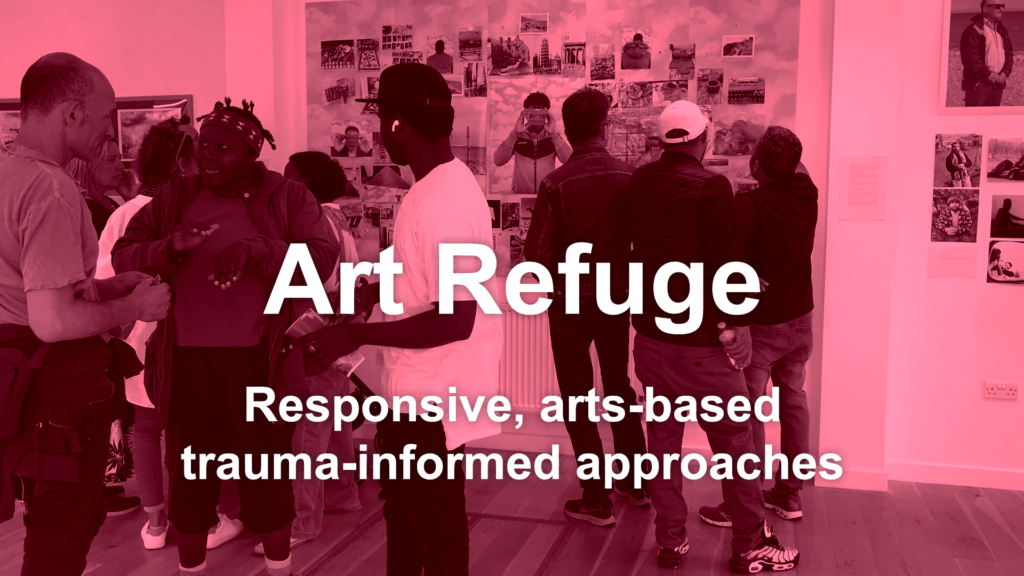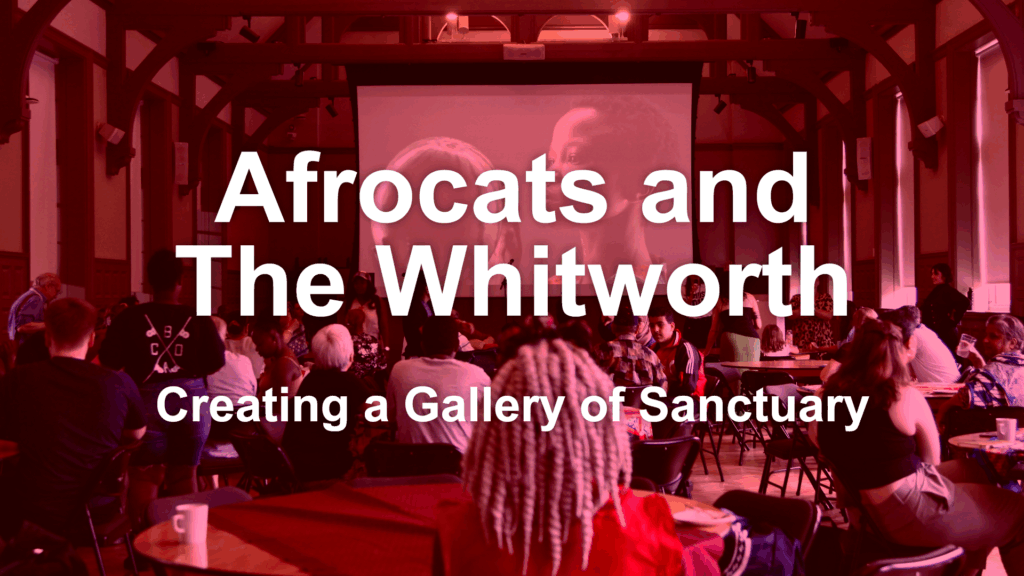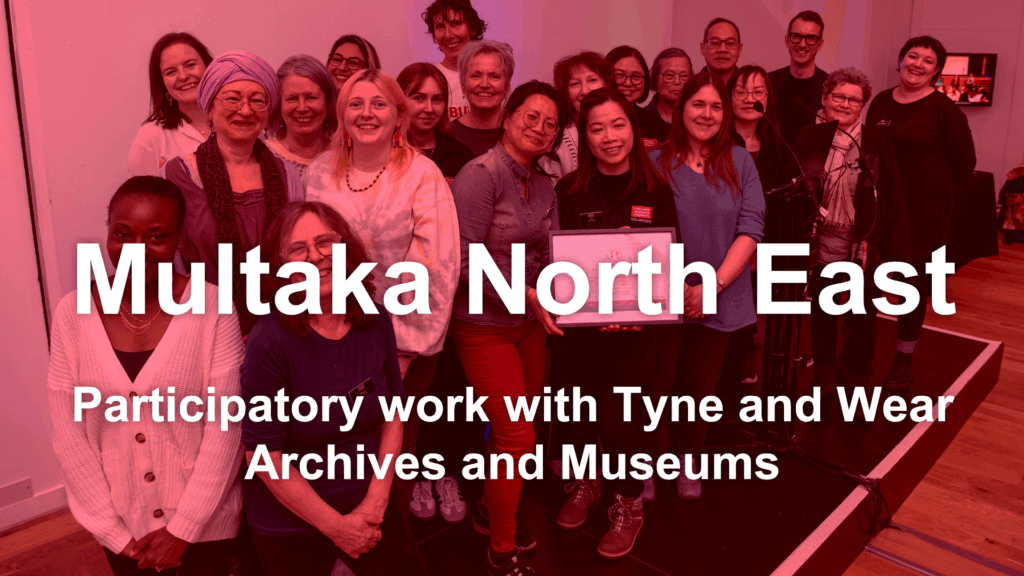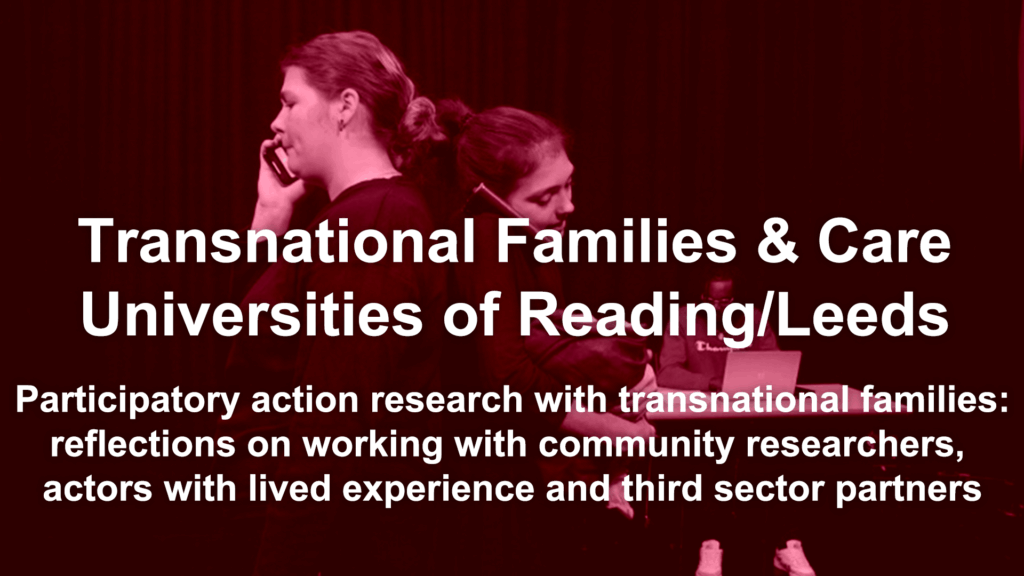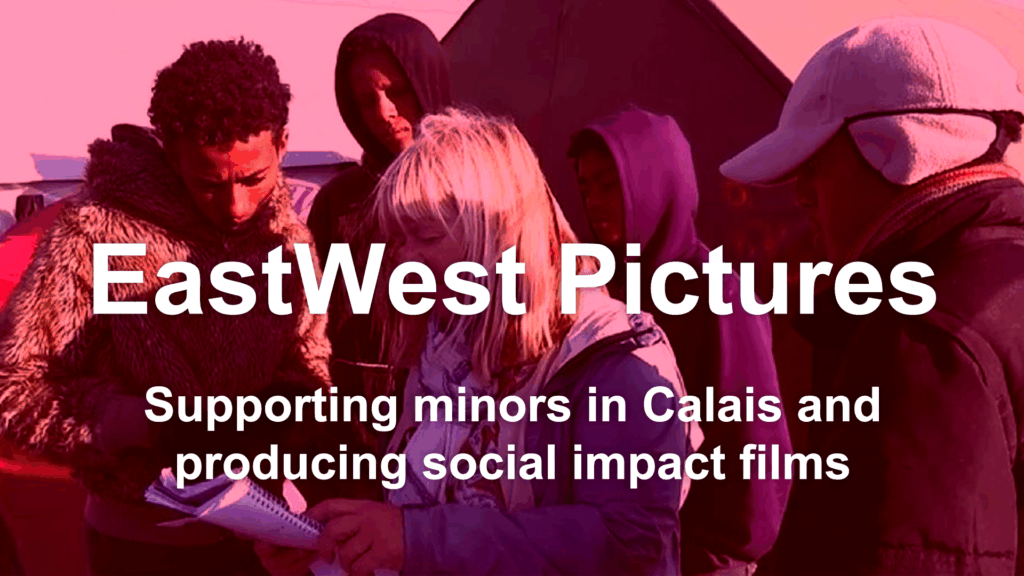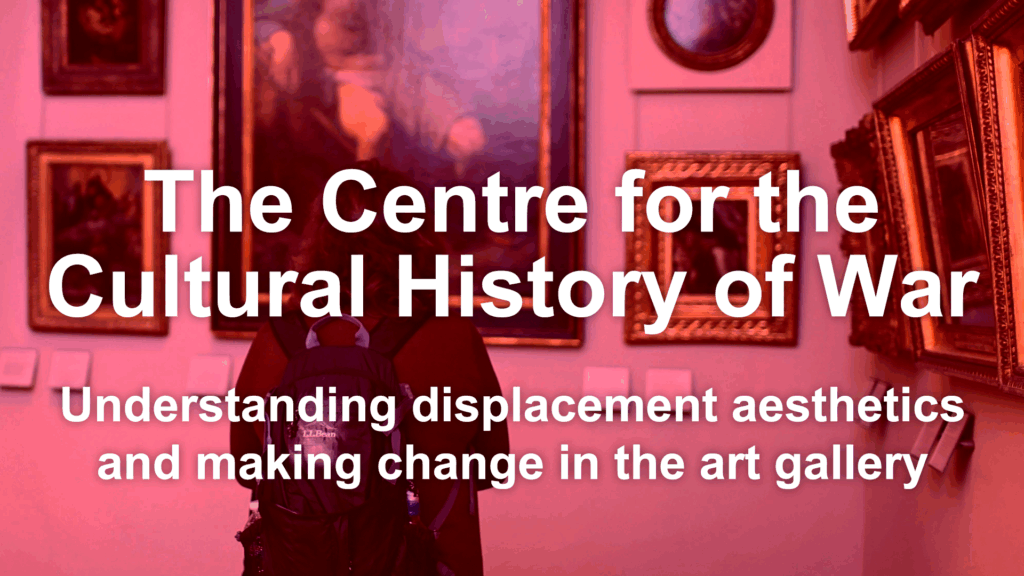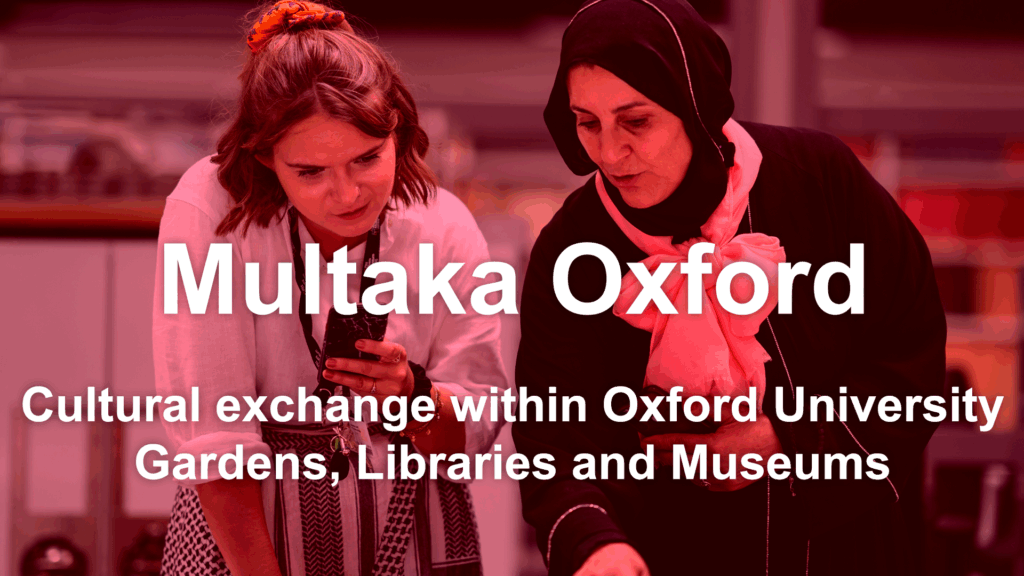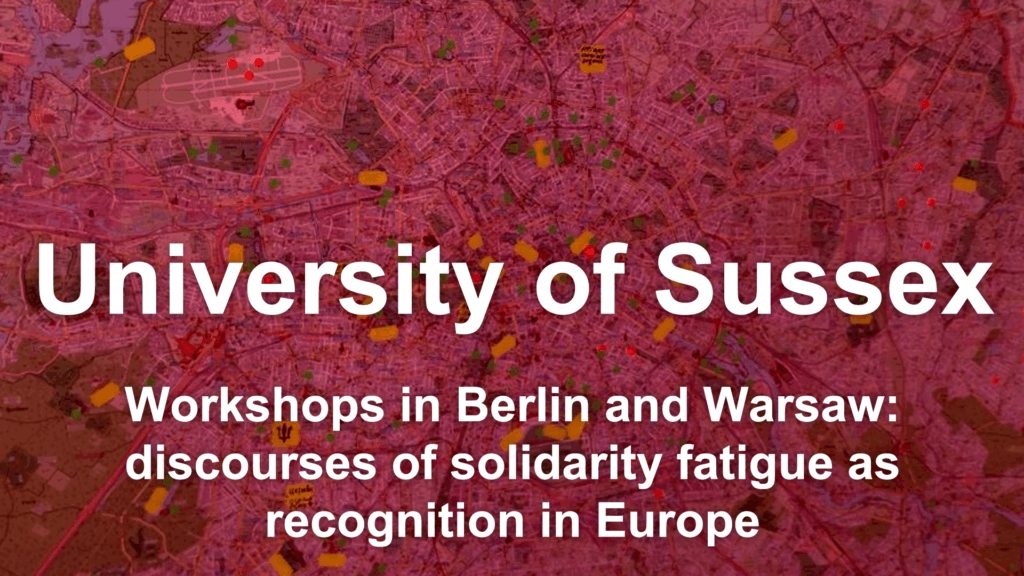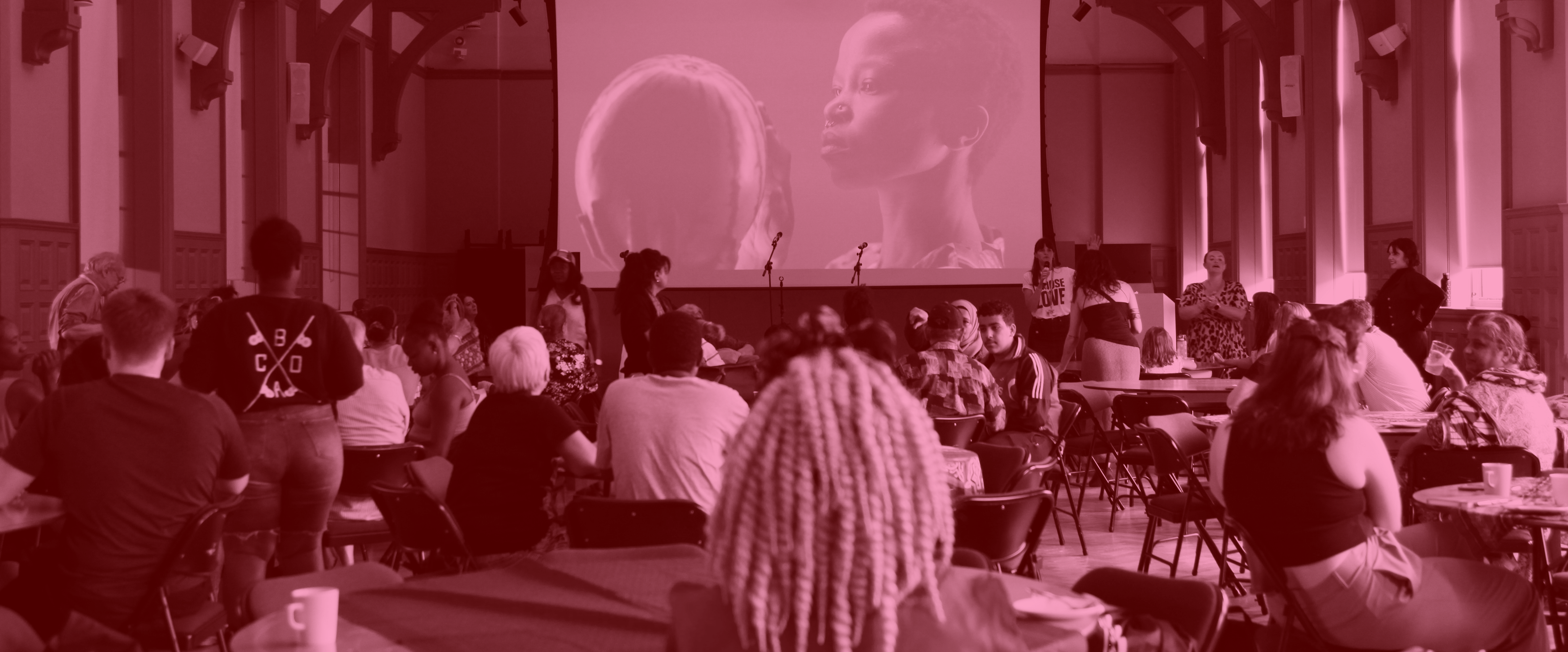
An AHRC-funded project codifying best practices for participatory work with refugee, asylum-seeker and forced displacement communities in galleries, museums, cultural institutions and academia.
As of the end of 2024, over 123 million people globally have been forcibly displaced (UNHCR, 2025). In the UK, the voices of more than 515,700 refugees often remain unheard, particularly within cultural spaces (UNHCR, 2025). In response, this project offers practical guidance for galleries, museums and other cultural and academic institutions on working with refugees, asylum seekers, and forcibly displaced individuals.
Drawing on critical research from the University of Sussex, it explores how civic and cultural institutions can foster meaningful participation, voice, and recognition in a context where official support is shrinking. The work includes best practice guidelines, case studies, and resources developed through two national workshops in Manchester and London with cultural professionals, academics, and individuals with lived experience of displacement, project managers, curators, and community engagement teams.
The ultimate aim of this project is to synthesise experiences, recommendations and reflections from cultural organisations across the UK, and to codify best practices for cultural institutions engaging in participatory work.
REFUGE is published by REFRAME, supported by the Faculty of Media, Arts and Humanities at the University of Sussex.
How to navigate this website
Navigate this website by either selecting each menu item at the top of the website, or by scrolling down on this homepage to jump to various sections using the images and buttons below.
Website sections
Case studies
These case studies illustrate a variety of nationwide participatory projects co-produced with galleries, museums, journalists and academics.
Each case study includes a description of the project and organisations involved, their participatory considerations, outcomes and reflections for the future.
Click on each graphic to explore the case study.
Banner image source: The Whitworth
